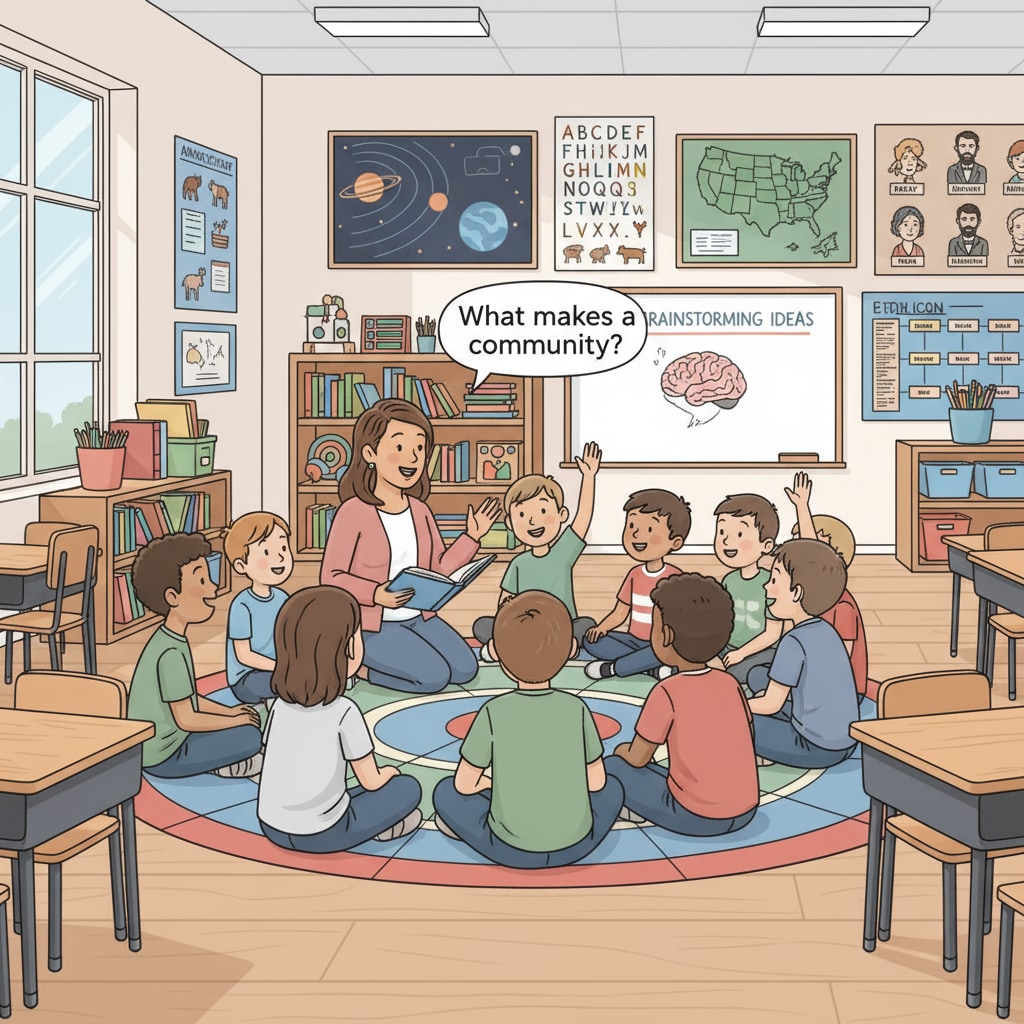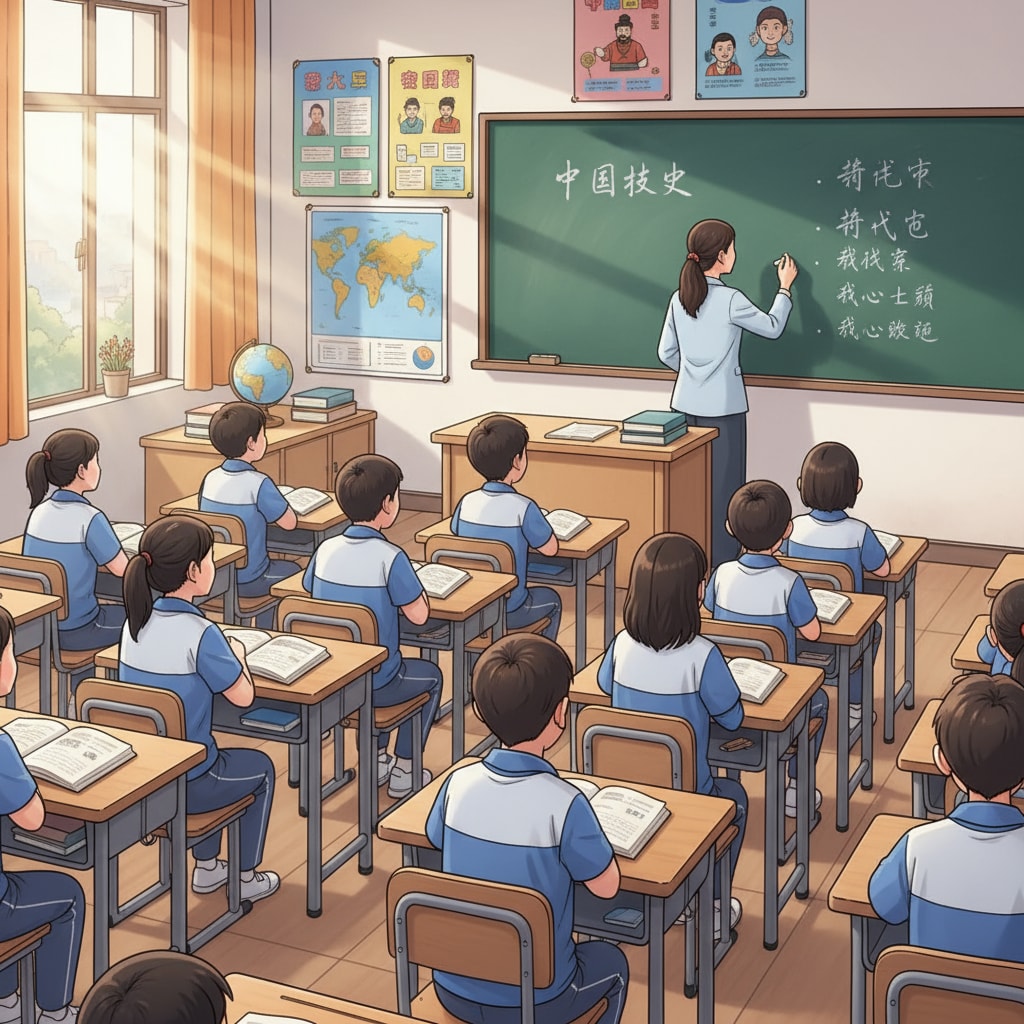The education systems, US education, Chinese education, and learning pressure are important aspects to consider when comparing the educational landscapes of the United States and China. In the K12 context, these elements play a crucial role in shaping students’ learning experiences. Let’s start by looking at the teaching concepts in both countries.

Teaching Concepts: Nurturing Independence vs. Building a Strong Foundation
In the United States, the teaching concept often emphasizes nurturing students’ independence and creativity. Teachers encourage students to think critically, ask questions, and explore their interests. For example, in a science class, students might be given a project to research and present on a topic of their choice. This approach aims to develop students’ problem-solving skills and self-directed learning abilities. According to Education in the United States on Wikipedia, this teaching style is deeply influenced by American culture, which values individualism.
In contrast, the Chinese education system focuses on building a solid foundation of knowledge. Teachers play a more directive role, ensuring that students master basic concepts and skills. In a math class, for instance, students practice a large number of exercises to strengthen their understanding. This method helps students build a strong knowledge base, preparing them for further academic challenges. As stated in Education in China on Britannica, Chinese culture, with its emphasis on tradition and respect for authority, contributes to this teaching concept.

Curriculum: Breadth vs. Depth
The US K12 curriculum offers a wide range of subjects, providing students with a broad exposure to different fields. It includes not only core academic subjects like math, science, and language arts but also elective courses such as art, music, and physical education. This allows students to explore various interests and develop a well-rounded skill set.
On the other hand, the Chinese curriculum places more emphasis on depth in core subjects. Math, Chinese language, and science are given more weight, and students study these subjects in greater detail. This focus on depth helps students achieve a high level of proficiency in key areas. However, it may limit the time available for exploring other interests.
Readability guidance: As we can see, the differences in curriculum between the two countries reflect their different educational priorities. The US aims for breadth, while China focuses on depth. These choices have implications for students’ learning experiences and future career paths.
Next, let’s examine the evaluation systems in both countries. This aspect is closely related to the education systems, US education, Chinese education, and the level of learning pressure students experience.
Evaluation Systems: Multiple Measures vs. High-Stakes Exams
In the US, the evaluation system uses multiple measures to assess students’ performance. It includes classroom participation, assignments, projects, and tests. This comprehensive approach takes into account students’ overall progress and development. For example, a student’s grade in a class might be based on 30% class participation, 30% assignments, 20% projects, and 20% tests. This reduces the pressure on students to perform well in a single high-stakes exam.
In China, the evaluation system heavily relies on high-stakes exams, such as the Gaokao. These exams play a crucial role in determining students’ future educational opportunities. As a result, students often face significant learning pressure as they prepare for these important exams. The Gaokao covers a wide range of subjects and requires students to have a deep understanding of the knowledge.
Readability guidance: Clearly, the evaluation systems in the US and China have distinct characteristics. The US system is more flexible and holistic, while the Chinese system places a great deal of importance on high-stakes exams. These differences impact the learning pressure students endure.
Finally, let’s consider the impact of these education systems on students’ development. The education systems, US education, Chinese education, and learning pressure all interact to shape students’ growth.
Impact on Students’ Development: Different Paths to Success
The US education system, with its emphasis on independence and a broad curriculum, helps students develop strong communication skills, creativity, and the ability to adapt to new situations. Students are encouraged to pursue their passions, which can lead to diverse career paths. However, the lack of a strong focus on core subjects might result in some students having gaps in basic knowledge.
The Chinese education system, with its focus on depth and high-stakes exams, equips students with a solid academic foundation. Students often have excellent problem-solving skills in core subjects. However, the intense learning pressure can sometimes limit students’ creativity and exploration of other interests.
In conclusion, the education systems in the United States and China have their own unique features. While the US system nurtures independence and offers a broad curriculum, the Chinese system builds a strong foundation and emphasizes depth. Both systems have their merits and challenges, and understanding these differences can provide valuable insights into different educational approaches and the impact on students’ development in terms of education systems, US education, Chinese education, and learning pressure.


